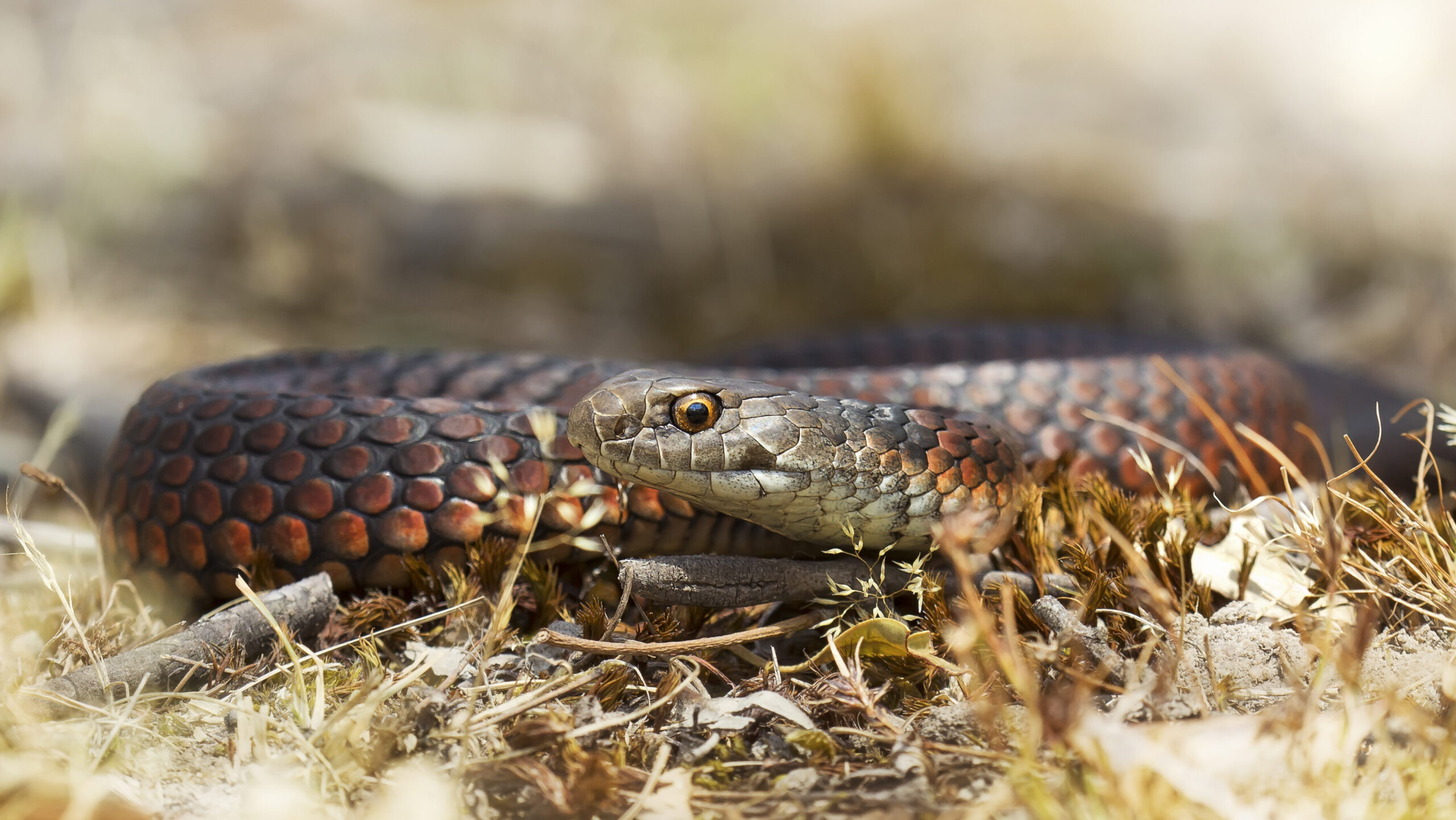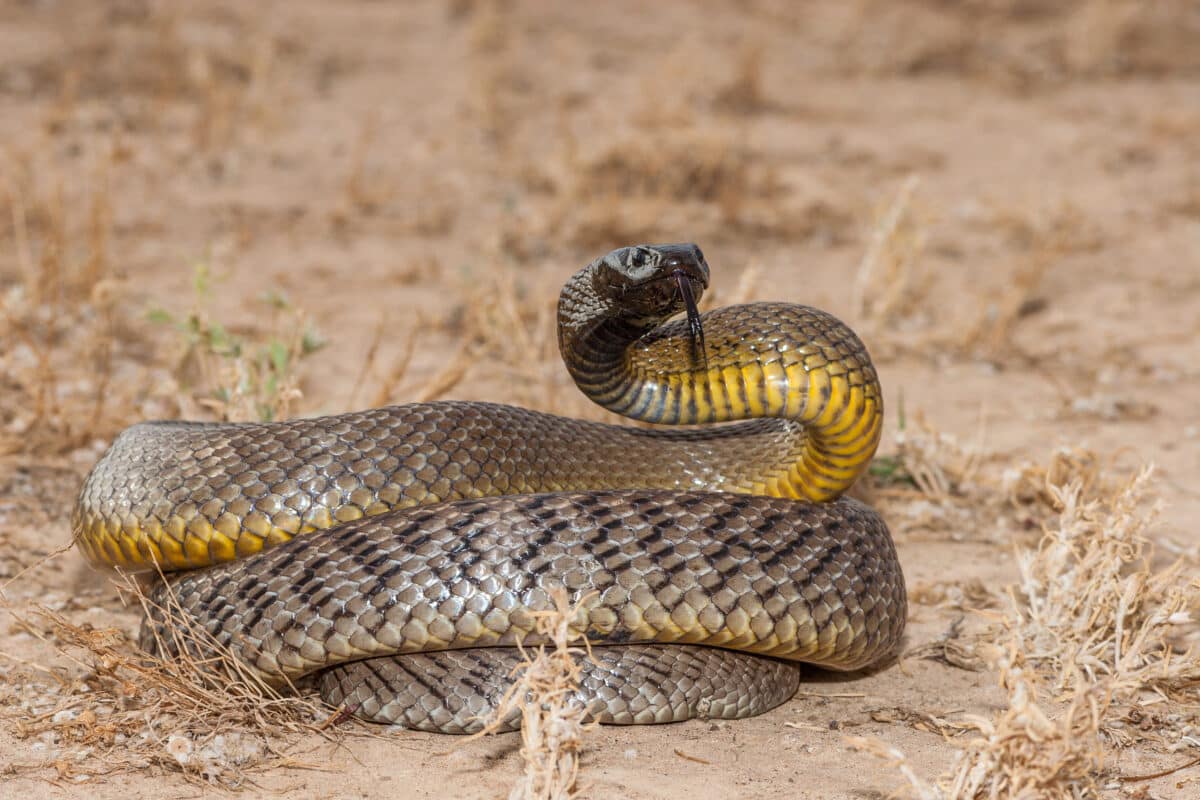Introduction
When it concerns the fascinating globe of serpents, couple of species catch the creativity fairly like the child tiger serpent. Understood for their unique pigmentation and potent poison, these serpents are an essential component of Australia's one-of-a-kind community. In this comprehensive article, we will certainly explore numerous aspects of baby tiger snakes, including their actions, environment, and just how to securely communicate with them. Whether you're a wildlife enthusiast or simply interested regarding these creatures, recognizing infant tiger serpents can help promote a much deeper appreciation for nature.
Baby Tiger Snakes: What You Required to Understand About Their Habits and Habitat
What Are Baby Tiger Snakes?
Baby tiger serpents are adolescent forms of the very venomous types recognized clinically as Notechis scutatus These serpents are mostly discovered in seaside regions of Australia, specifically in Tasmania and southern Victoria. As they grow, their coloration changes from a more low-key scheme to the particular yellow and black bands that provide their name.
One notable aspect adder of infant tiger snakes is their size; hatchlings typically determine around 25-30 cm in length. In spite of their small stature, they possess a surprising quantity of poison that can be destructive to humans if bitten.
Physical Characteristics
Tiger snakes possess several key physical characteristics:
- Coloration: The unique banding pattern frequently becomes extra noticable as they mature. Size: Grownups can get to sizes of as much as 2 meters. Body Shape: They have a durable body that assists in swimming and earthbound movement.
Where Do Infant Tiger Snakes Live? Comprehending Their Habitat
Understanding the environment choices of baby tiger serpents is necessary for both conservation initiatives and public security. These serpents prosper in different environments:
- Wetlands: Marshes and swamps provide enough hunting grounds. Coastal Regions: Often discovered near coastlines where they can search for prey. Woodlands: Thick plants provides cover from predators.
Geographical Distribution
Tiger snakes are predominantly found along Australia's southern coast, consisting of:
- Tasmania: Home to among one of the most notorious populations. Victoria: Especially in locations near water bodies.
Are Tiger Snakes Venomous? A Deep Dive into Their Venom
One typical concern occurs when going over infant tiger serpents: "Are tiger snakes venomous?" The answer is a resounding yes!
Venom Composition
The venom of tiger snakes consists of neurotoxins that can trigger paralysis, coagulopathy (blood clotting concerns), and possibly death if without treatment. Here's what you require to understand:
- Effects on Humans: A bite from a tiger serpent can result in signs and symptoms like swelling, pain at the bite site, nausea, and even breathing failure.
Comparison with Other Venomous Snakes
In contrast to various other Australian snakes such as the eastern brown serpent or king brownish snake, tiger serpent venom is taken into consideration amongst the most potent. Nevertheless, casualties are rare as a result of enhanced medical therapies and access to antivenom.
Behavioral Patterns of Baby Tiger Snakes
Understanding how infant tiger snakes behave is essential for those who reside in or check out areas where these reptiles are prevalent.
Nocturnal Habits
Most infant tiger serpents exhibit nighttime habits. They have a tendency to forage for food during cooler night temperature levels. This adaptability aids them stay clear of killers while enhancing their hunting efficiency.
Hunting Techniques
Their searching techniques consist of:
- Ambush Predation: Waiting motionless until prey comes close. Active Foraging: Proactively moving via plants or along rivers trying to find food.
First Help for Serpent Bites: What You Must Know
Despite being remarkable animals, encounters with child tiger serpents can bring about dangerous situations if bites happen. Understanding first aid treatments can save lives.
Immediate Steps After a Bite
Remain calm; panic increases heart rate. Immobilize the affected limb making use of a splint or bandage. Seek immediate medical interest-- antivenom may be necessary.Creating a Snake Bite Emergency Treatment Kit
A well-prepared emergency treatment kit should consist of:
https://blogfreely.net/flaghyasqz/stats-on-snake-bites-in-australia-insights-and-prevention-techniques|Item|Function|| ------------------------------|--------------------------------------|| Compression bandage|To immobilize the arm or leg|| Splint|Maintains damaged bones or joints|| Antihistamines|Alleviates allergies|| Emergency contact numbers|Quick accessibility during emergencies|
Common Myths Regarding Tiger Snakes Debunked
Many misconceptions surround these fascinating reptiles; let's clear up some false impressions typically held by people.
Myth # 1: All Tiger Snakes Are Aggressive
While some individuals may display defensive habits when threatened, not all tiger snakes screen aggression in the direction of people unless provoked.

Myth # 2: Baby Tiger Snakes Are Less Unsafe Than Adults
This misconception might not be even http://judahqriv961.theburnward.com/the-value-of-antivenom-production-in-treating-serpent-bites-in-australia more from the reality! Infant tiger serpents consist of virtually as much venom as adults relative to their size; therefore they pose considerable risks if bitten.
FAQs Regarding Infant Tiger Snakes
What do baby tiger snakes eat?- They mainly eat tiny creatures, birds, frogs, and fish.
- Look for slim bodies with pale banding patterns that become a lot more noticable as they mature.
- Yes! Birds of prey and bigger reptiles might target them.
- Typically every few weeks as they proliferate throughout their early life stages.
- While some people do keep them illegally without permits due to their unsafe nature; it's typically not advised provided their poisonous status.
- With punctual medical treatment-- including antivenom-- the survival price is high!
Conclusion
In recap, comprehending infant tiger snakes-- what they consume, where they live, how they behave-- can outfit us with important knowledge concerning these impressive yet hazardous creatures. The relevance of education and learning surrounding emergency treatment steps can not be overstated; recognizing just how to respond successfully after a bite might save lives while cultivating regard for our slithering neighbors within Australia's abundant biodiversity range.


By appreciating these serpents' roles within environments-- and acknowledging prospective risks-- we advertise coexistence as opposed to fear-based reactions toward each other's existence in nature's grand tapestry! Whether you're a serious walker considering your following adventure or just curious concerning neighborhood wildlife experiences near home-- this overview functions as your trusted reference point on the enigmatic globe occupied by our pals-- the amazing baby tiger snake!